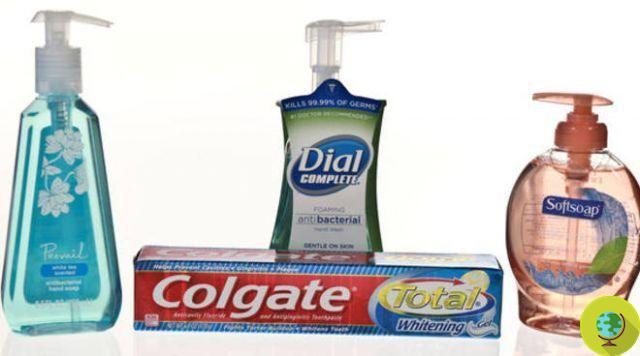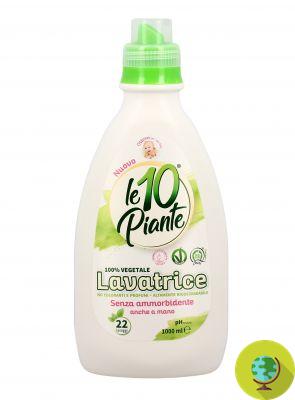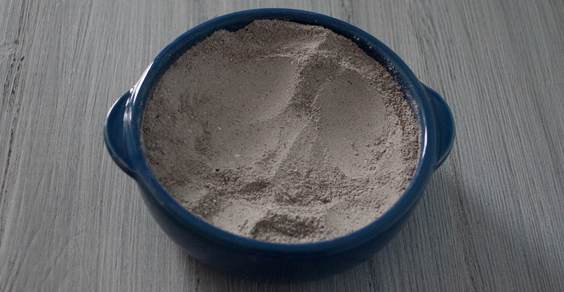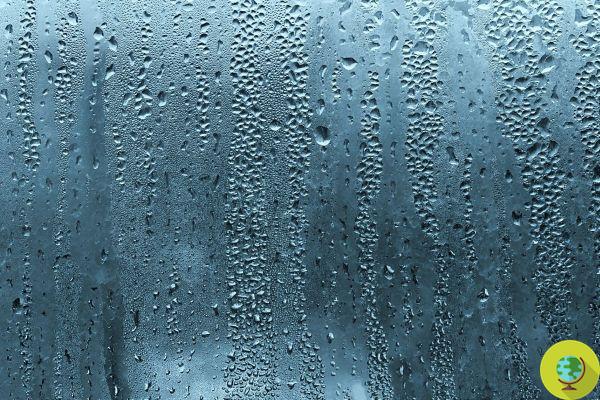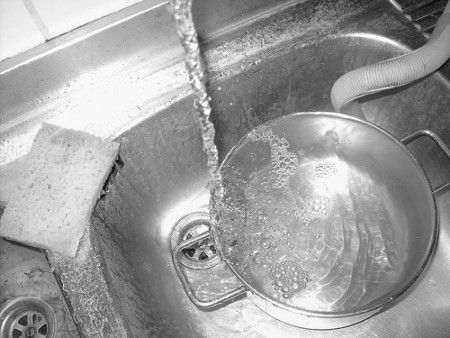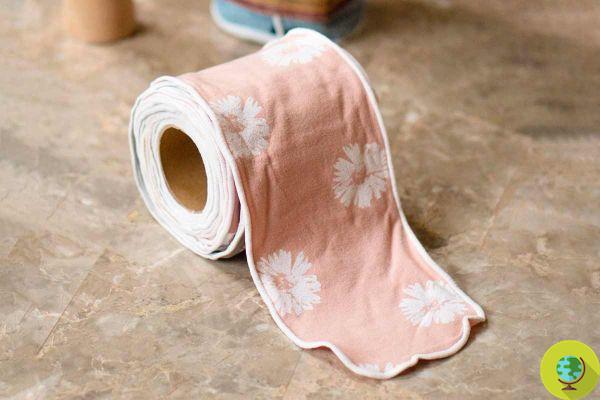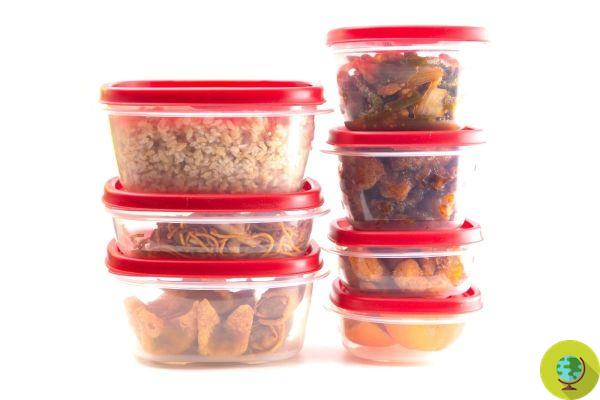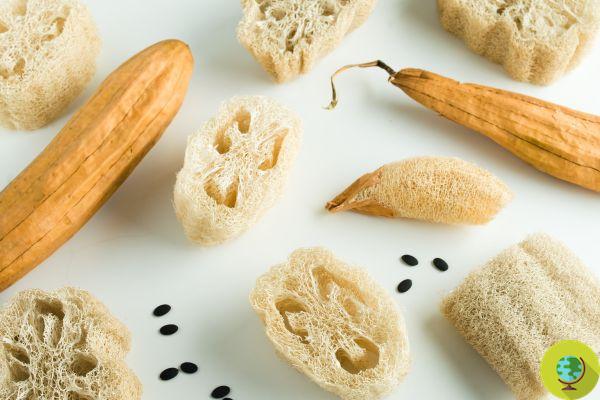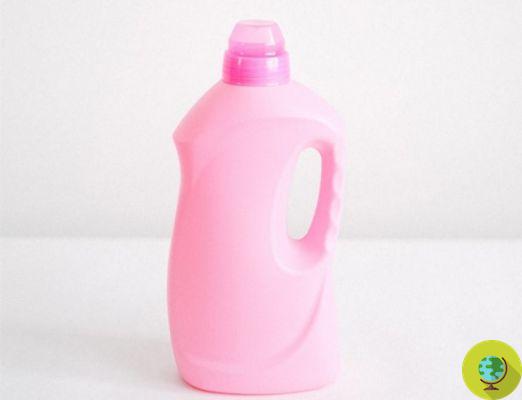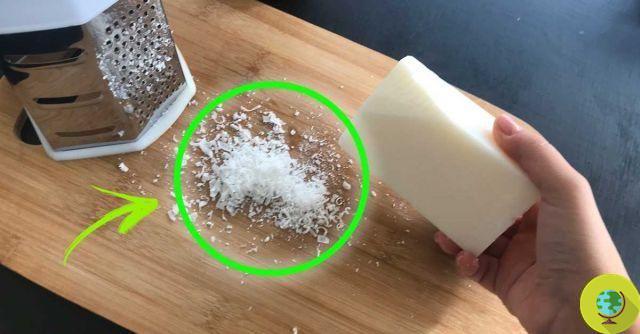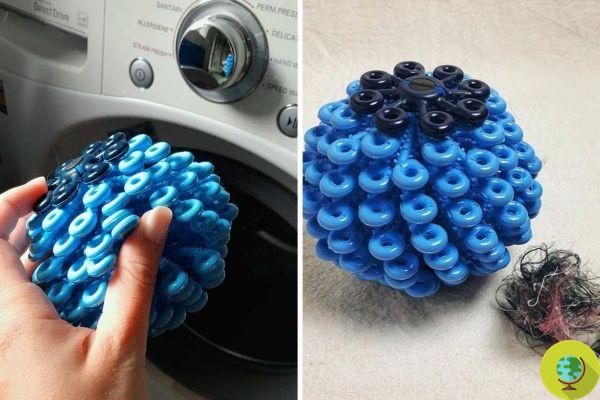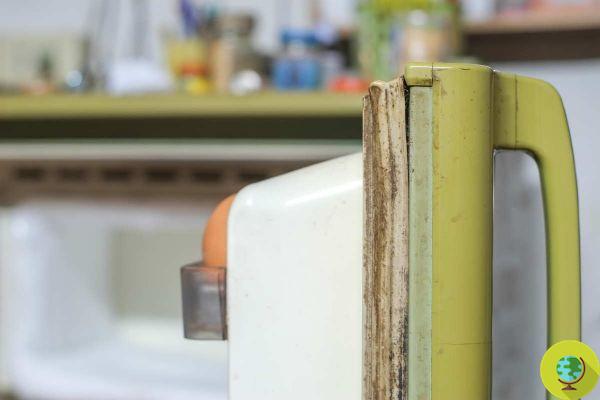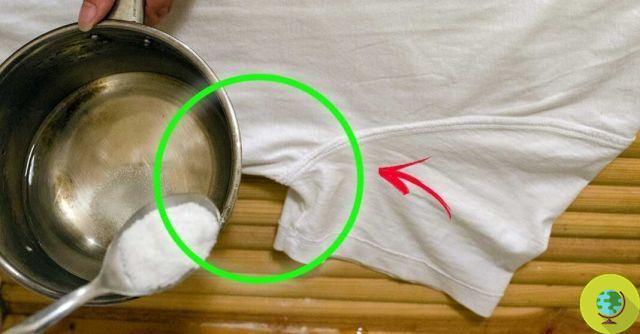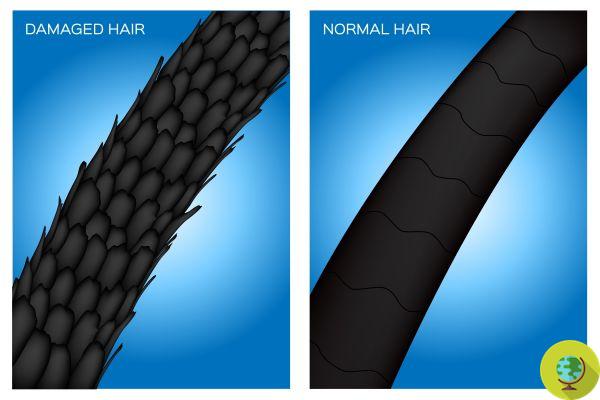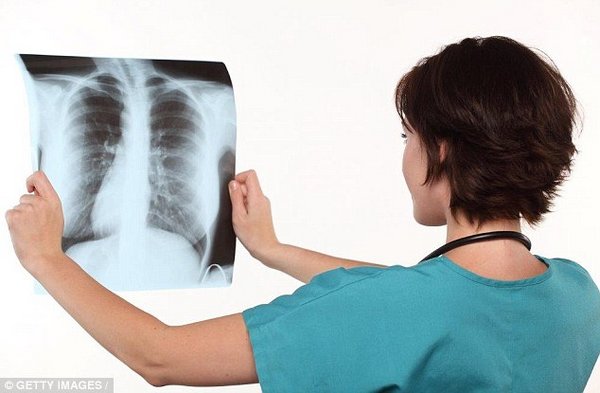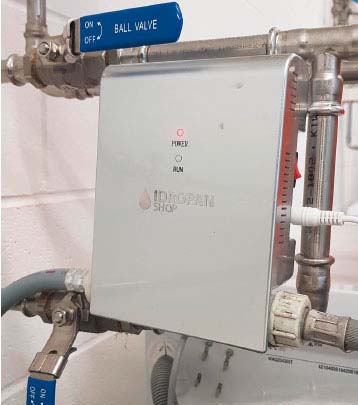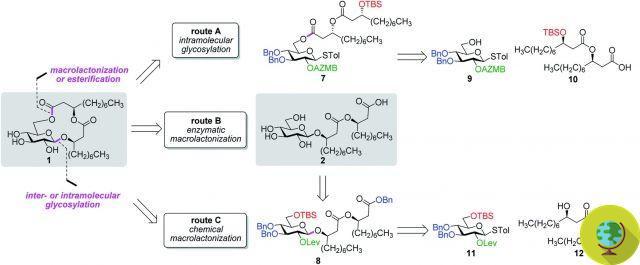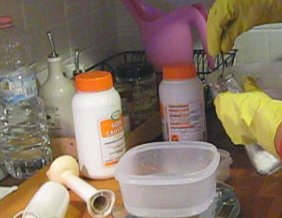How to reduce in our small and as much as possible the polluting microplastics released by the laundry in the washing machine
Microplastics are a serious problem and our laundry also contributes (and a lot) to their diffusion in water. However, there are systems that allow us to limit the negative impact of our washing machines on the environment. Let's find out what they are.
Even doing a simple laundry, unfortunately, contributes to the spread of microplastics in the environment, a very serious problem that affects not only water and marine animals but also our own health. These tiny plastic particles, in fact, from the water then also arrive in many commonly used ingredients, such as salt for example, as well as obviously in the fish that many of us consume and in other unsuspected foods and drinks. (Read also: Water, beer and salt: the list of foods with the most microplastics).
You may remember the study that found that we ingest, on average, a quantity of microplastics that weigh as much as a credit card each week. (Read also: Microplastics: We ingest an amount that weighs like a credit card every week)
But back to the laundry: how much does the washing machine affect the microplastic problem? A study published in Nature investigated this by carrying out commercial garment washing tests using a household washing machine. The goal was to obtain reliable data on the release of microplastics and to identify possible different characteristics of the various fabrics.
The wastewater was collected and filtered with different filters with decreasing porosity and the quantity and size of the microfibers found inside was determined. The release was then analyzed in relation to the nature and characteristics of the washed garments.
The results showed that the microfibers released during washing vary from 124 to 308 mg per kg of washed fabric, depending on the type of garment. This corresponds to a number of microfibers between 640.000 and 1.500.000.
Wastewater treatment is effective in capturing microfibres that escape during washing, some can block them up to 98%. But the research in question has shown that due to the enormous volume of water that a wastewater treatment plant processes daily, a significant amount of small plastic particles still make it into the environment. At this point, as already mentioned, the microplastics go up the marine food chain or are absorbed into crops through the soil, creating serious damage.
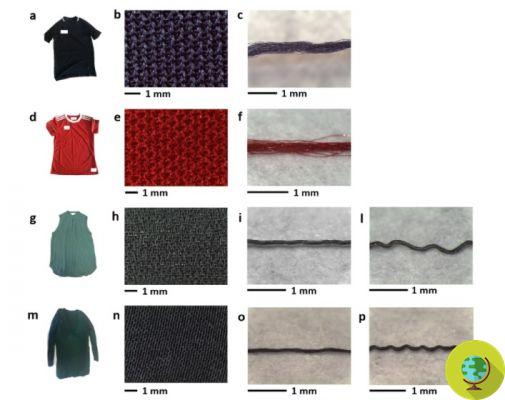
@nature
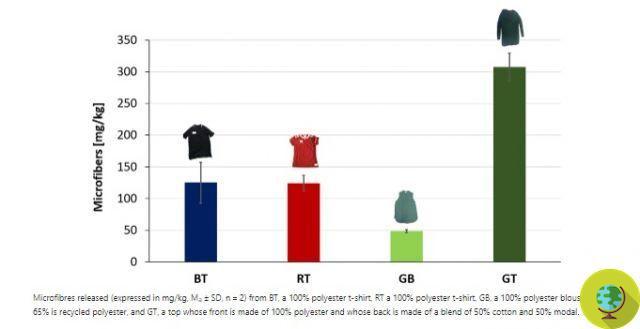
@nature
The problem is obviously the synthetic garments that release microplastics, especially at the first wash, so much so that some companies particularly attentive to the environment that produce garments with recycled plastic bottles, already provide a specific filter bag to be used especially in the first wash.
As you will have understood, it is more important than ever to try to reduce the microplastics that arrive in the sea after having traveled a long journey that starts from our washing machines. But how?
Index
How to reduce microplastics when we do the washing machine
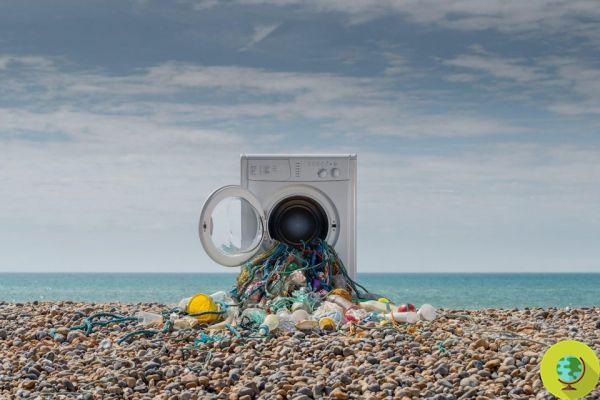
@PlanetCare
There are several ways to stop microplastics from spreading during laundry. These are primarily good habits that we can all adopt starting today:
- Prefer garments in natural fibers such as cotton and linen: as they do not contain microplastics. Instead, we try to limit the use of synthetic garments to a minimum.
- Do laundry less often
- Wash fully loaded
- Avoid delicate washing: a study has in fact found that the washing machine's delicate programs allow the release of a greater quantity of microplastics. (Read also: Laundry, delicate washing in the washing machine releases more microplastics than traditional washing)
- Use liquid detergent: in fact, the powder one is more abrasive on fabrics and therefore favors a greater detachment of microplastics
- Dry your clothes in the sunwhen possible (even the dryer contributes to the diffusion of microplastics in the environment)
Devices already on the market to reduce microplastics
There are also various devices and filters that can be used to block microplastics as much as possible and prevent them from ending up in drains and reaching the oceans.
- Filters for the washing machine: these are attached to the outside of the washing machine and are able to retain the microfibres, they must then be emptied every 2-10 loads (depending on the filter and what was washed) and do not need any other special precautions. However, these are devices that require a certain amount of space available. Among the best known is Planet Care, but there are also others such as Filter 160 o XFiltra at Xeros Technologies which promises to remove up to 99% of microfilaments;
- Laundry bags: there are now of different kinds, among the best known is Guppyfriend. By inserting garments made of synthetic fabrics inside them, they are able to prevent the passage of microplastics, since they are made with a self-cleaning micro filter. After washing, the fibers collected from the bag must be disposed of as household waste. For effective cleaning and to balance the wash cycle, each bag should ideally be filled to two thirds of its volume. The weave of the bag fabric is 5 micrometers, specifically designed to let the water pass but not the plastic fibers. Its effectiveness was estimated in tests would be to retain up to 90% of microplastics
- Laundry ball: we told you about the Cora Ball, a special ball that traps the microfibres of the washing machine before they can end up in the water drain and from there to the sea. Also in this case, the microfibers must then be removed at the end of the wash and disposed of correctly. (Read also: Invent ingenious "ball" that traps the microfibres of the washing machine before they reach the ocean)
Altroconsumo recently tested two of the products listed above: CoraBall and Guppyfriend and found that they are not equally effective in capturing microfibers. (Also Read: Do Washing Machine Devices That Capture Microplastics Really Work?)
Desirable actions by companies and institutions
This is what we can do in our small way, but it is clear that a broader intervention of a general nature and large-scale actions by companies, politicians and institutions are also urgent. In particular, the proposals include:
- Spin washing of all synthetic garments before they arrive in the store: given that, as we have already said, it is above all at the first wash that the greatest number of microplastics are released. A job that would be up to companies that first, however, would have to equip themselves with a special filter to collect the microfibers, to be disposed of correctly.
- Stricter rules for producers and consumers so that they are more encouraged to avoid the spread of microplastics.
- More innovative public filter systems at the level of the drain pipes.
- Washing machines all already equipped with anti-microplastic filters: an ambitious goal for which we will probably have to wait a long time.
Read also:
- Jeans are polluting the world's seas: you can also find denim microfibres in the Arctic
- For the sea, every wash is torture! More effective filters are needed for #stopmicrofibre washing machines
- When you do the washing machine, reduce the temperature by 10 degrees to get this huge advantage!




